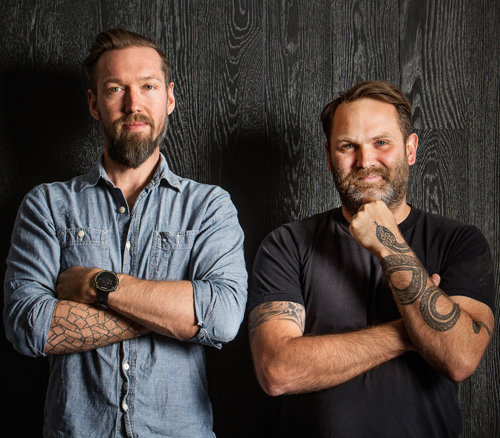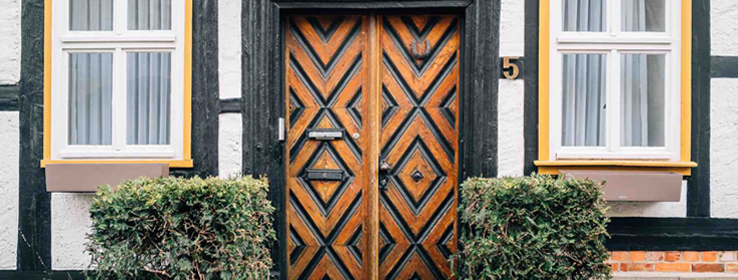Expand your palette with this Japanese technique of charring wood surfaces.
By Alyssa Ford
Fire is elemental, universal, unmediated. It destroys, purifies and preserves. It produces shou sugi ban, the Japanese technique for charring wood that Architect magazine, Dwell and even The Wall Street Journal have touted lately. After a streak of devastating fires in Kyoto, Japan, in the 1700s, designers there discovered that houses constructed of charred cypress beams were more fire-retardant — like a blackened campfire that refuses to reignite.
Shou sugi ban has revealed even more perks, such as naturally repelling bugs and resisting rot. The treatment is eco-friendly and UV-ray resistant — and it produces stunning, earthy color.
Co-founders Bill Hilgendorf and Jason Horvath of Uhuru Design in Brooklyn, New York, started charring their minimalist furniture designs five years ago, partly to avoid using toxic sealants and stains. What really sold them was the look, and now Uhuru offers the finish on almost every item. “We love dark, moody, black-colored wood, so it’s perfect for us," Horvath says.

Traditionalists stand Japanese cypress planks in an upright funnel and allow flames to brush upward, the result appearing matte, raw and earthy. Uhuru designers sub in western red cedar, go at it with a blowtorch, and scrape away the soot to reveal a paper-smooth surface with an ornate wood grain and subtle sheen.
Hilgendorf recently torched 1,500 square feet of reclaimed western red cedar for his cabin in upstate New York and came away amazed. “It leaves a finish unlike any other,” he says. “It can change color from black to silver, depending on light, and there is an iridescent quality when the sun hits the char.”







